Support TFG by using the links in our articles to shop. We receive a small commission (at no extra cost to you) so we can continue to create helpful free content. We earn from qualifying purchases made to the featured retailers. Thank you, we appreciate your support!
Have you ever traveled in winter when it’s freezing cold while sightseeing outdoors but you roast the minute that you walk indoors? That’s just one of the other challenges of packing for the winter. Find out what clothing tips our readers recommend to avoid having this issue!
Dressing Comfortably in Cold Weather
Table Of Contents
Travel Fashion Girl help! A reader asks:
I’m heading to the UK for Christmas. Does anyone have any tips for dressing for cold weather AND over-heated indoors? My usual outfit would consist of a thin merino base layer, jeans and wool blend jumper or dress, and coat – this works fine for outside but I overheat in shops and it’s tricky to remove the base layer. I’m from Australia and I really struggle in the central heating.
As someone who lived in England for a few years, I can safely say this is all too accurate! While I slowly became used to the chilly winter weather, it can be more of a struggle finding a balance between staying warm when outdoors but not overheating once you step indoors.
Start by reading these tips on packing for cold weather travel:
- Capsule Wardrobe for Winter
- How to Pack for Cold Weather
- How to Stay Warm in Cold Weather
- The Best Travel Shoes for Winter
Next, read these tried and true tips for dressing warmly for cold weather without overheating indoors:
Calvin Klein Chevron-Quilted Packable Down Coat | Sizes XS-2X
Skip the Base Layer
For days when you plan to spend a lot of time indoors, skip the base layer altogether. Unless you’re spending extended hours outdoors then you’ll probably be warm enough with a wool pullover plus a good coat.
I remember once, I was doing a two-week course in London, I only wore a thin coat because I also overheated going from the warmth of the Tube directly to the heated building where I spent the rest of the day. I would briskly take a 30 minute walk back to my Airbnb in the evenings, so even without a thick coat or base layer, I was sweaty!
This strategy may not work for all days on your trip but it might be good for museum or shopping days.
Find out what’s the best down jacket for your cold weather travels!
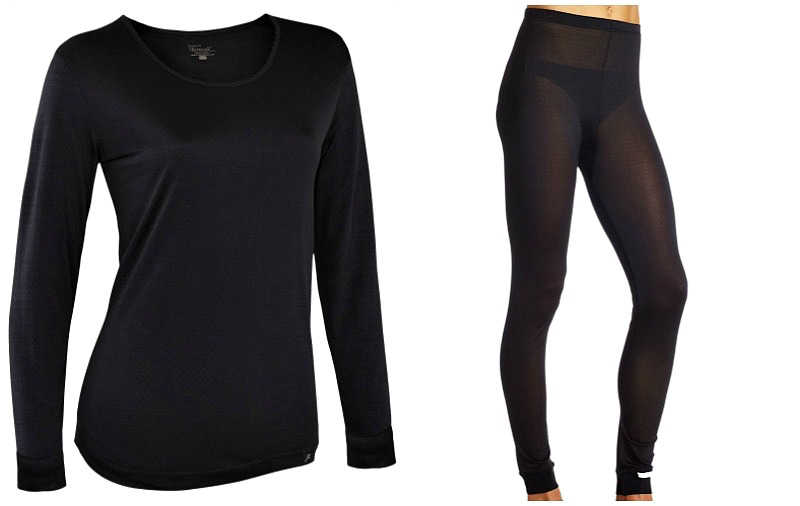
Terramar Thermasilk Top & Bottom | Sizes XS-XL
Layer, Layer, Layer
This is probably the most obvious tip, but layering is a must when going in and out of different temperatures. As one reader says, “It’s all about the layers, including a hat and scarf (as those keep you warm, are quick and easy to take off, and pack up small).”
Think of an onion and its many layers. Start with thin pieces closest to your body and work your way up to thicker pieces until you reach the coat layer. Depending on how cold it is, this may mean wearing a thin shirt under a sweater under a vest under a coat.
In terms of what types of fabrics to choose, the video below can help you select smart fabrics or brands that work well in winter so you can layer properly!
Watch this video to find out the right fabrics to layer for winter!
The key is to use thin layers so they’re easy to store in your purse while you’re indoors. You can also keep layers stored in a packing cube inside your day bag, too.
Unbound Merino V-Neck T-Shirt | Sizes XS-XL
Keep Your Base Layer Short Sleeved
Thermals tend to be long sleeved but you can use a short sleeved or sleeveless top as a base layer instead. When it’s freezing outside, the last thing you can imagine wearing is a short sleeve shirt especially if it’s made from merino wool. However, it’s a good way to cool down when you go indoors or head down to the tube where it can get sweaty and muggy.
One reader explains, “I wear a base layer, a sweater, and a coat, and peel off as needed. My base layer is short sleeve as I’m prone to an occasional hot flash.” Another adds, “I also wear a short sleeve layer, then a zip up long sleeve, then my main jacket on top.”
Choose from this and this round up of the best thermals for women!
Thermal Winter Neck Warmer Gaitor
Don’t Underestimate the Power of Accessories
While jewelry serves as an accent year-round, winter accessories are as functional as they are stylish. The ultimate accessory heroes are scarves, gloves, and hats, as they keep parts of your body warm that other clothing can’t, such as your ears and the back of your neck.
One reader highly recommends hats and scarves, explaining, “The hat keeps in about 80% of your body heat and if you get a big blanket scarf you can wear it several ways and even leave it on indoors or wear it like a shawl.”
Another reader adds, “A big scarf, hat, and gloves will keep the chill out until you’re warm and they can be stuffed in your bag when not needed.”
This strategy could be combined with the first one where you would skip the base layer altogether. Remember to use a purse, tote, or backpack with enough space to store your warm accessories once indoors.
Tip: use a small scarf like a neck gaitor so you stay warm when you’re outdoors but you can easily store it away when indoors!
J.Crew Icon Trench Coat | Sizes 00-24
Wear a Long Coat
Skip the short puffers and jackets and go for a good old fashioned long duster coat. These help keep your bottom and legs warm, which can help you feel more comfortable when walking around outdoors. Plus, it’s easy to take off when you go indoors.
Long coats are also great if you feel too much like a marshmallow when you layer. One UK reader says, “I like having a longer coat that is warm enough that I don’t need under layers. I only wear under layers if I’m going to be outside for extended periods of time.”
Keep in mind that you need quality underlayers if you’re opting for a thin coat so stick to fabrics such as merino wool that are thing yet very warm.
Here are the top womens winter parkas that’ll keep you toasty but are also comfortable and lightweight!
Superfine Merino Wool Boucle Oversized Crewneck Sweater | Sizes XS-XL
Look for the Right Fabrics
Fabrics play an important role for bundling up. While breathable, cotton isn’t too warm, so you have to wear thicker layers to stay warm. But fabrics like merino wool insulates heat, keeping you warmer. Especially for base layers, look into fabrics that keep you most comfortable.
I’m obsessed with merino wool sweaters because they’re light yet incredibly warm. I’ve had them for years and they remain in good quality even though I’ve worn them repeatedly. Depending on how cold it is, I’ll layer two of them to keep me warm. To get a full list of choices, check out the best merino wool sweaters for women!
One reader says, “Merino layers help with the damp weather,” while another suggests silk as a base layer, saying “That’s what I’ll wear into work in the mornings under my fancy pants. Silk provides a bit of extra wind block and warmth but it doesn’t cause me to overheat once I’m inside.” Silk thermals, such as these, are popular for their incredibly lightweight, breathable insulation, and deliciously soft feel.
Learn more about why merino wool is the best fabric for travel!
Macy’s Cashmere Crewneck Sweater | Sizes XS-XXL
While merino wool reigns supreme for many travelers, some are allergic or don’t like wool; cashmere has always been a suitable replacement but a costly option in comparison. It seems things have now changed with new brands emerging and offering products with these natural fibers at relatively affordable price points. Readers love these cashmere sweaters for their polished and timeless look, incredible warmth, and versatility.
Or why not consider adding one of these alpaca sweaters to your winter wardrobe!
Blondo Villa Waterproof Fashion Boot
Don’t Forget About Your Feet!
When we think about cold weather apparel, we often forget about our feet and toes, which are just as important. If anything, it’s even more important to keep your feet warm, as they’re closest to the wet or snowy ground.
Ankle boots are by far the most highly recommended shoes for winter by our readers and we agree. Boots win over sneakers for us because they offer more warmth covering your ankles and allowing you to discreetly wear layers and high socks underneath your jeans.
Take a look at the waterproof boots most recommended by the readers!
Darn Tough Vermont 1/4 Cushion Socks
One reader says, “Thick socks and waterproof boots are a must, as cold toes equals cold bones!” Consider wool socks (which tend to wick moisture) and go for a waterproof boot to keep your feet warm and dry in case it starts snowing or raining.
For more options, please read this post on the warmest socks for travel!
Do you have any tips to add on how to dress for cold weather without overheating indoors? Comment below!
For more ideas on what to wear in cold weather, please read:
LIKED THIS POST? PIN THIS PIC TO SAVE IT!
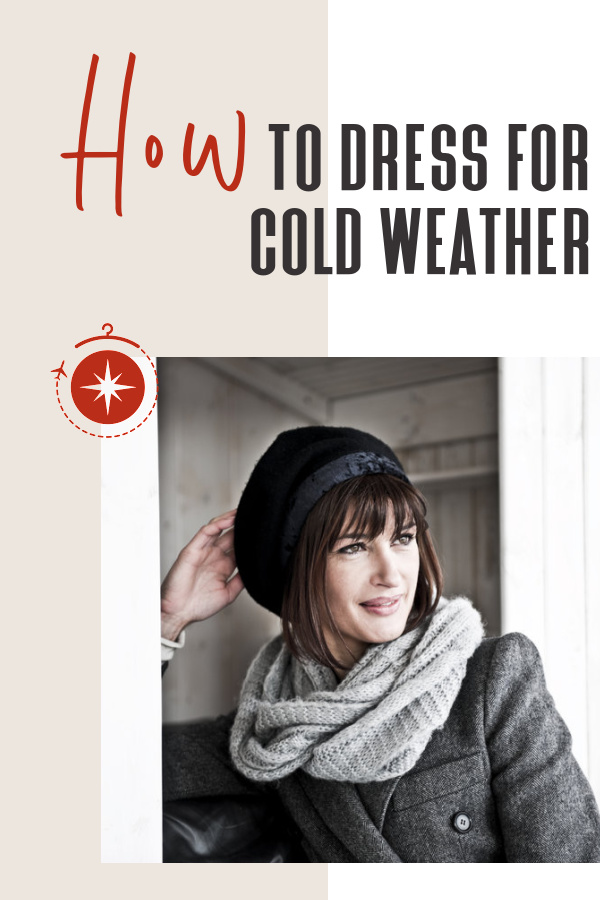

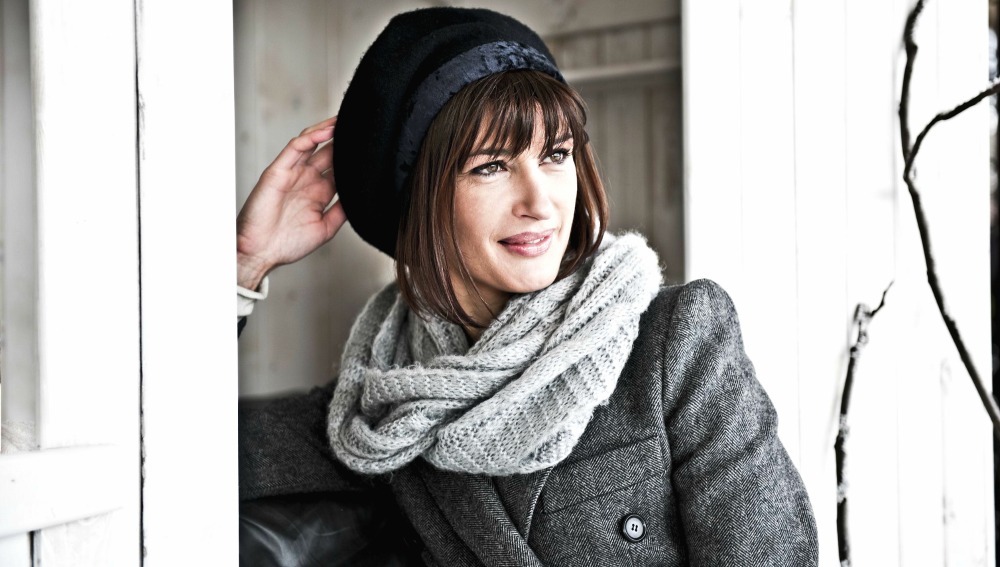
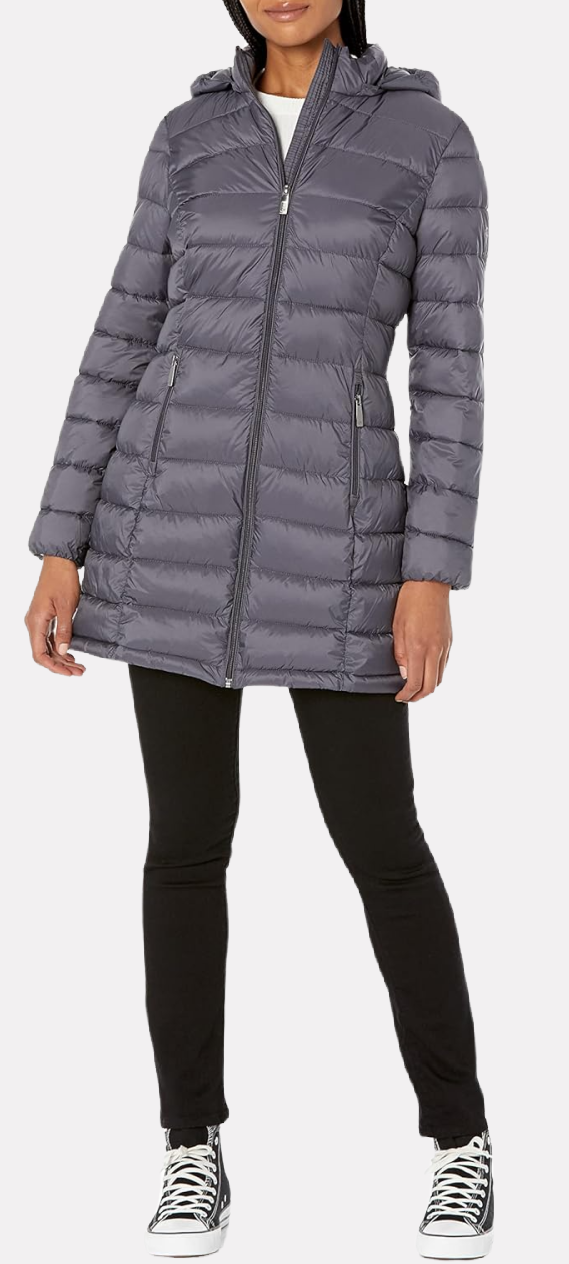
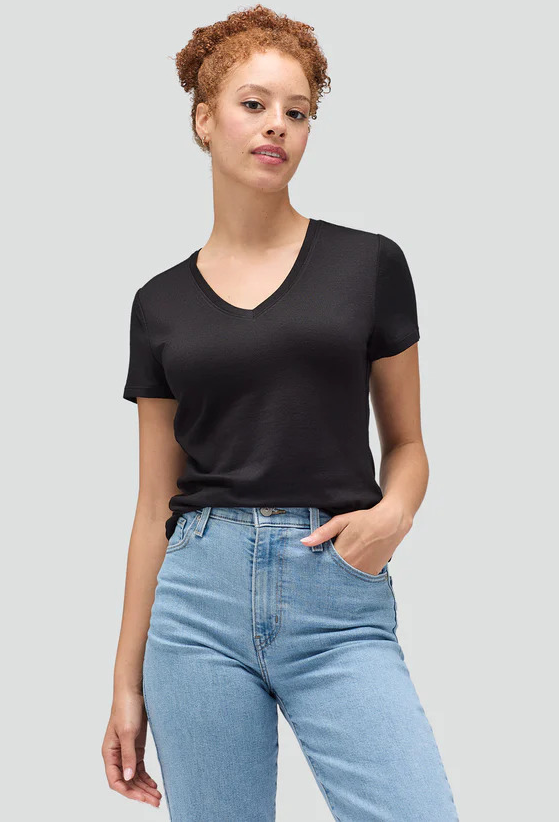
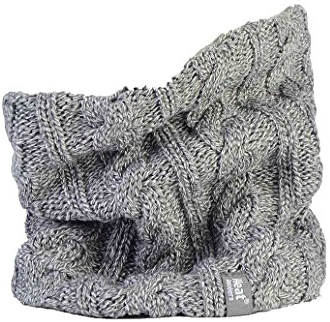
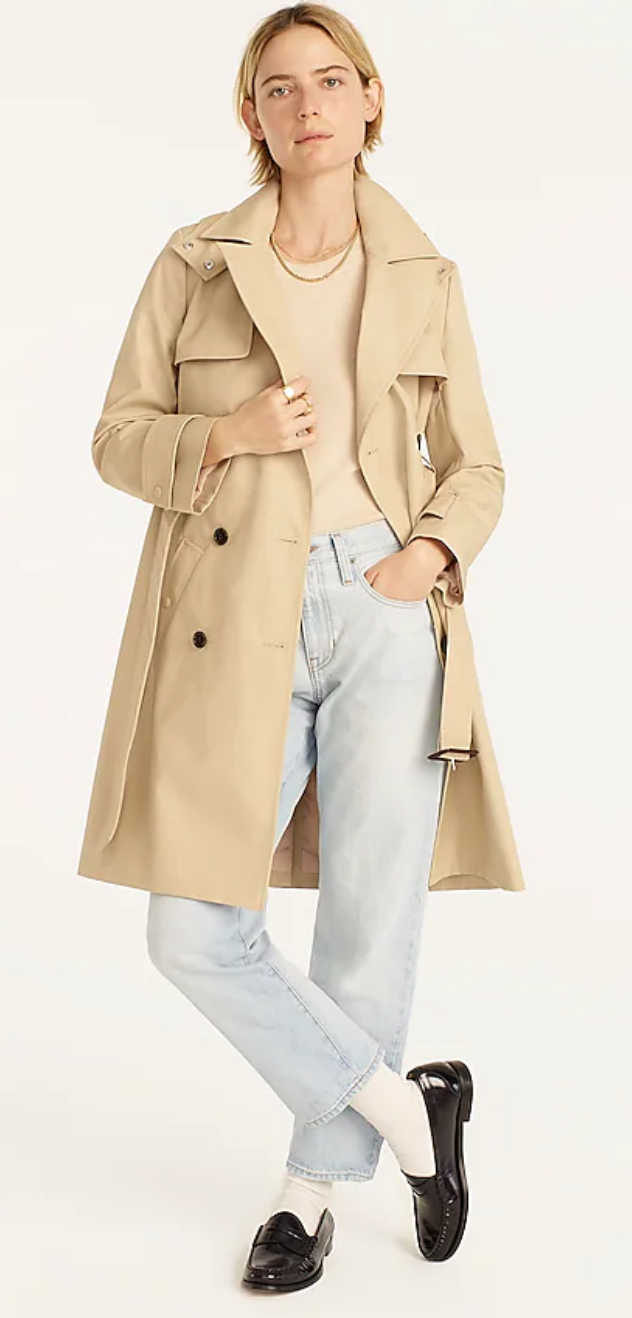
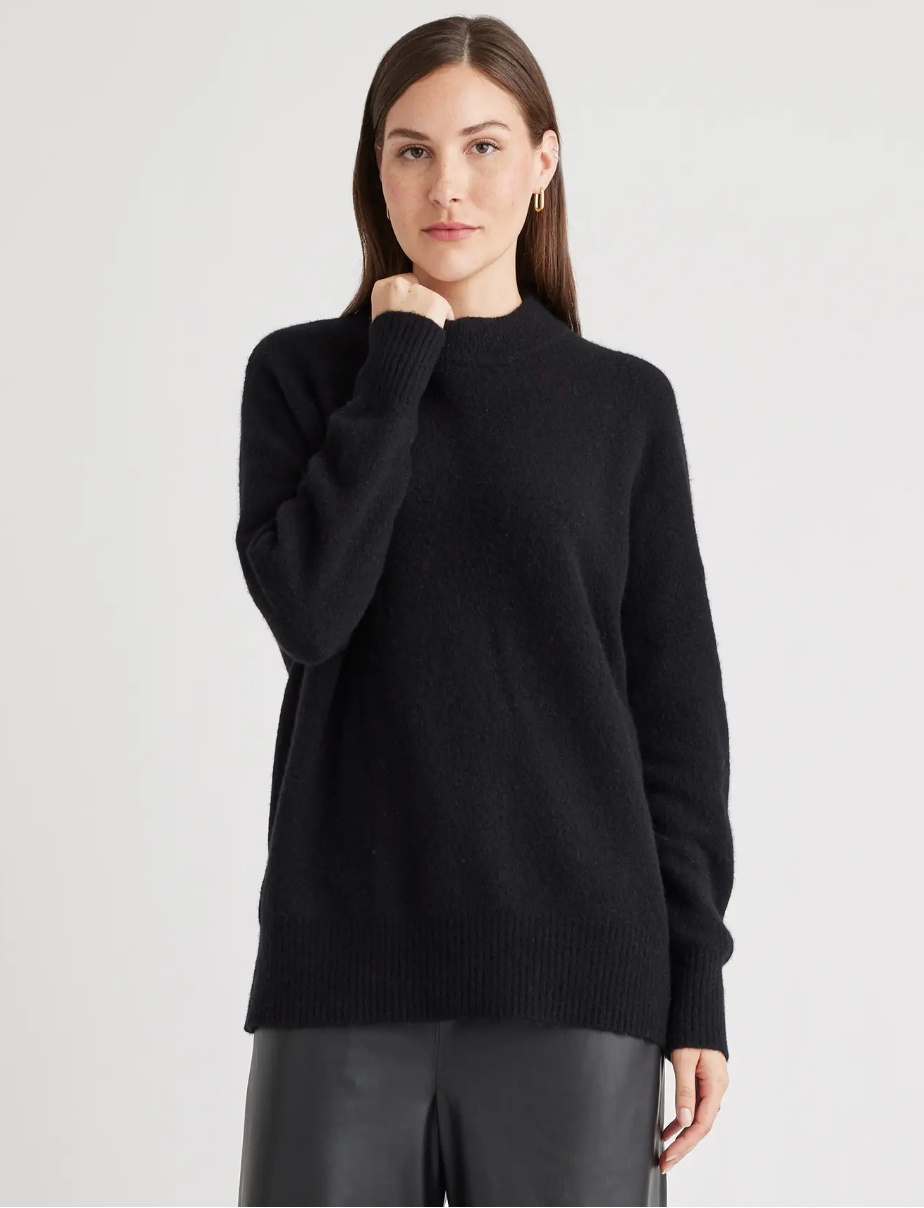
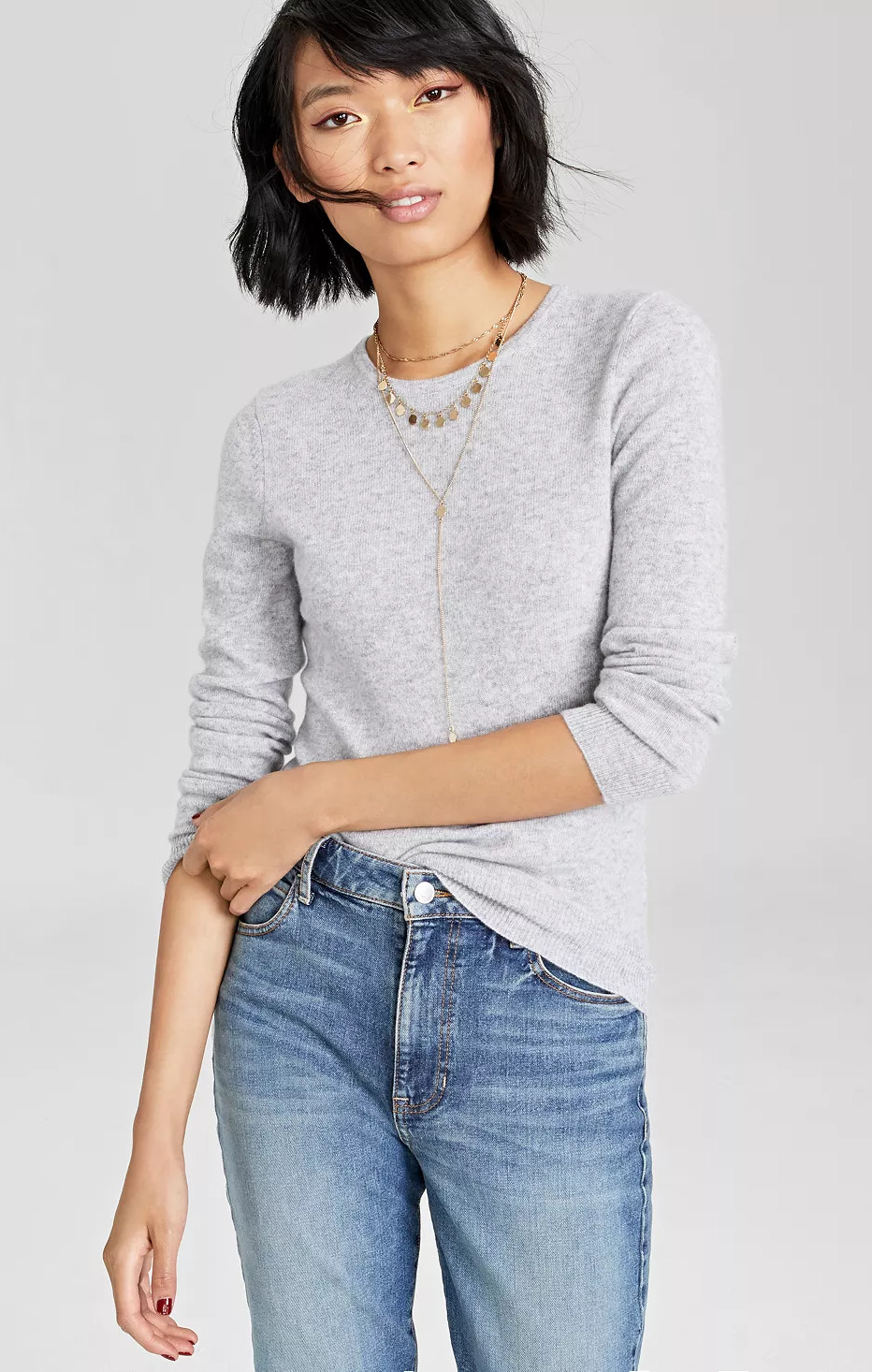
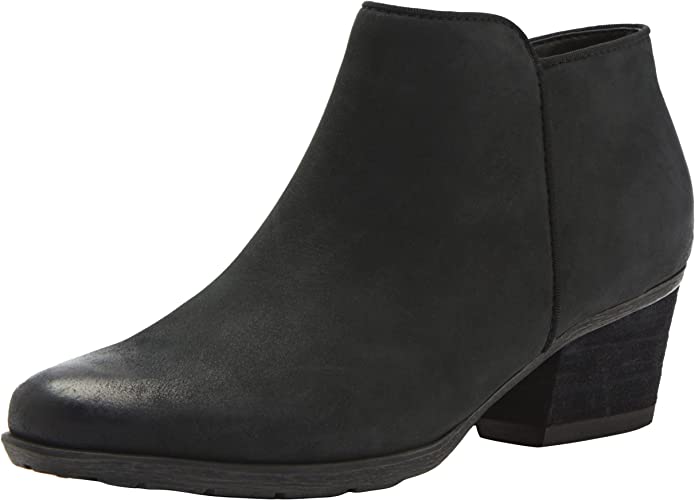
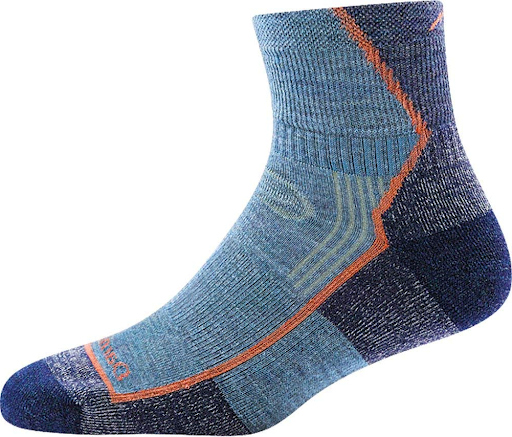

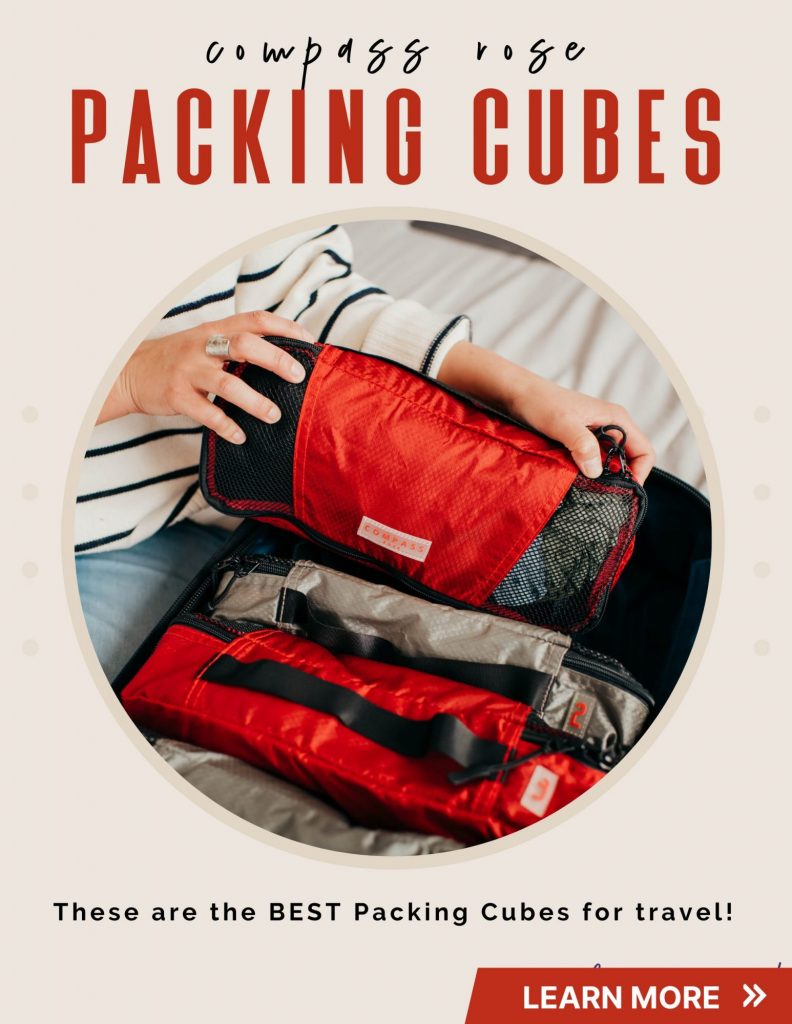
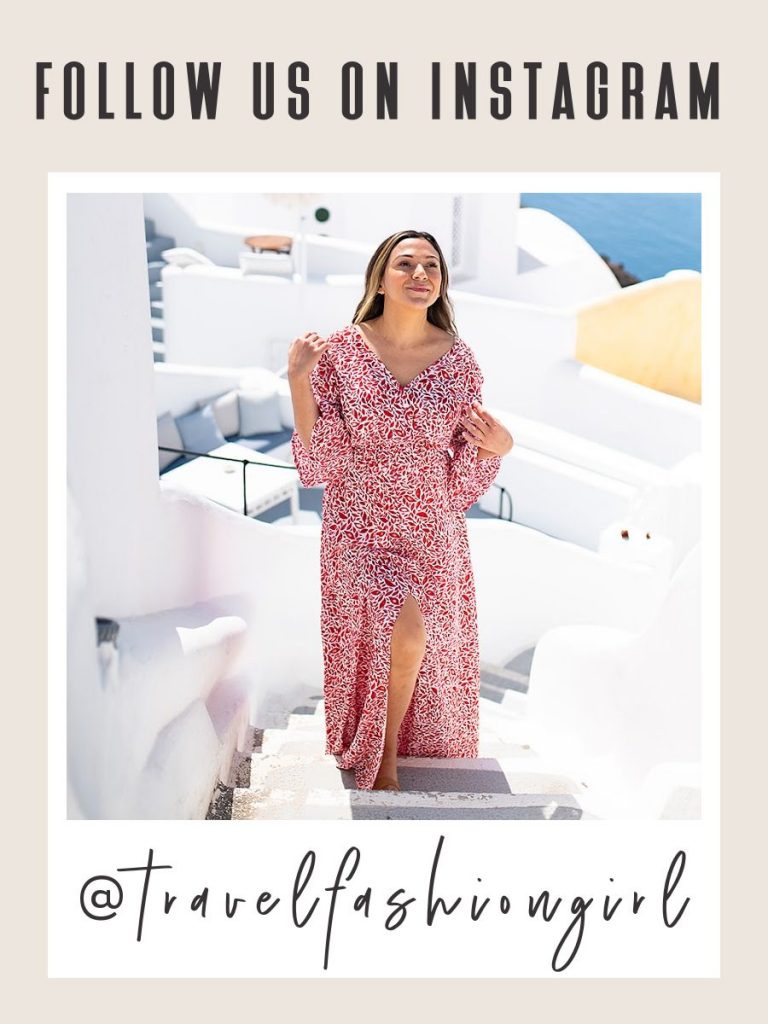





Great article. Super helpful for planning my upcoming trip to Canada. My constant battle is overheating inside, but it honestly never occurred to me to use a short sleeve base.
I have a Christmas Market cruise coming up and I am excited that I found your blog and ALL these suggestions for packing and purchasing. I travel internationally once a year and state side all year long. Living in FL I am never up to date with the cooler weather clothes – so this is fantastic!
Thank you!!
This post was designed for me – I am the queen of overheating! One of my fave tips is to wear a short sleeve top, then layer a lightweight packable down jacket under my regular winter coat. When I’m inside, the packable down gets shoved into its pouch and stowed in my purse:) I also usually wear an ultra thin pair of smartwool socks, as they keep my feet warm enough without overheating in a thick pair indoors.
Hi Deanna, so happy to hear that you have found this article helpful! ❤️
Thank you, Alex! All your tips are so good! I carry a cute tote to contain the scarf, gloves and everything when indoors. I love a long down coat, and find a packing cube an easy way to compress the big coat. Focus on keeping the neck warm, as the large blood vessels are so near the skin. Insulated boots can backfire when going indoors, so you’d need to really lighten your clothes to balance the hot feet. And, build outfits they work with different combinations of the layers, so you feel confident and comfortable as you shed or add layers ❄️❤️
Hi Diane, that is so kind of you, thank you for sharing your lovely feedback!!! ❤️ Love all your great advice for what to wear in the cold, thank you for sharing. Happy travels! ?
When I travel to cold spots (NYC in winter anyone?), I follow the above suggestions with layers, a warm hat, scarf, and gloves. My tip is always to have a small security backpack or tote for stowing hat, scarf, and gloves once inside. Put accessories in the pack or tote as soon as moving indoors. Take off the coat, zip or button up, and tie the arms around your waist with the coat body at your back. This might not have the “fashion look” but one can go from outside to inside without overheating.
Brands perfect for travel include Eagle Creek (semi-secure), Pacsafe (very secure and my go-to), Baggallini, and LeSportsac for a tote. LeSportsac totes, which are made of a thin but very sturdy nylon, can be packed very flat in a carryon outer pocket (along with hats) and double as a shopping bag for groceries and purchases.
Hi Dianne, thank you for taking the time to share all your awesome travel advice with us!! 🙂
I know it’s not a fashion thing, but good reminder for cold weather (especially when travelling, since so many of us tend to get distracted and lose track of our meal times! At least from my experience (^-^;)) is, simply, EAT! Remember to eat, and to eat enough–good circulation is partly built on having enough in your belly for your body to actually stay warm, which can help loads with whether or not your layers actually help. This is especially important if you’re going around doing a bunch of activities or otherwise exerting more stamina than you would be at home.
My sister, for instance, generally runs super cold, and if she hasn’t eaten much during the day even gloves and cozy socks can’t help her hands and feet stay warm if it’s anywhere near freezing or below. Throw in activity and it gets even worse. 🙁
I’ll also add fingerless gloves as being helpful for the transitions between cold outsides and hot insides. They’re a huge help for me because I tend to run hot (and because they don’t make my hands look ridiculous like regular gloves or mittens do because of how short my fingers are, gaah), but they’re usually tolerable to keep on if you’re just nipping inside for a few minutes max. It is fabric-dependant, though. (For extra warmth, just get a cute pair with the optional mitten flap you can fold over! (^-^))
Hi Lenna, thank you for sharing your awesome advice for staying warm when traveling in the cold, this is really helpful. Especially the advice to remember to eat! 🙂
I have spent several very cold weeks in and around London during the past year – we even had snow for a couple of days. I think the key is to dress comfortably for the ‘inside’ heated areas you will be in and have a great coat, gloves, scarf and head covering for the times you will be outside. I never wear pure wool close to my skin as I find it too scratchy and hot. I wore a sleeveless t-shirt, long sleeved shirt or top and a cardigan with skinny jeans then added my super uniglo light-weight quilted down knee-length coat outside. Adding gloves and a scarf and beanie if needed. This was perfect for in town. Of course if you are spending all your time outside you will need sturdier garments.
Great feedback Kaz!